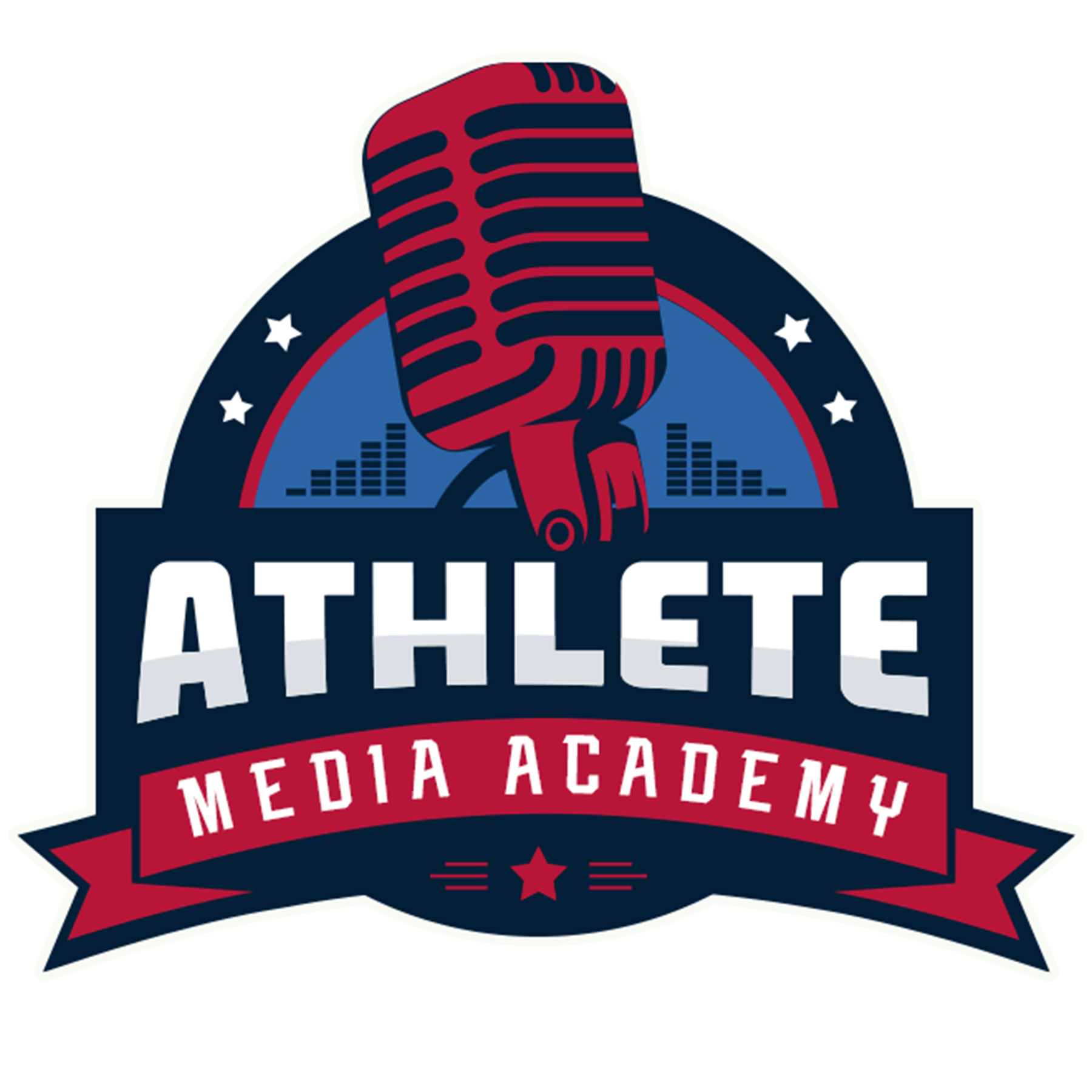Lesson 1: Understanding Media Scrutiny and Negative Press
Lesson Overview
Athletes in the public eye often face media scrutiny, particularly during challenging moments in their careers. Negative press can shape public perception, impact endorsement deals, and influence career opportunities. Understanding how media scrutiny operates and learning to manage its effects can help athletes maintain composure and safeguard their reputation. This lesson explores the nature of media scrutiny, its impact, and how athletes can proactively manage their public image.
Learning Objectives
By the end of this lesson, athletes will be able to:
✅ Define media scrutiny and its role in sports journalism.
✅ Identify common sources of negative press and media criticism.
✅ Recognize the impact of media scrutiny on personal and professional life.
✅ Develop strategies to manage and mitigate negative press effectively.
Section 1: What is Media Scrutiny?
Media scrutiny refers to the intense examination and reporting of an athlete’s actions, statements, and personal life by journalists, fans, and the public. It can occur in various forms, including:
✔️ Game Performance Analysis: Coverage that critiques an athlete’s on-field abilities and decision-making.
✔️ Personal Conduct: Stories focusing on an athlete’s behavior off the field, including social media activity.
✔️ Contract & Team Dynamics: Discussions surrounding trades, salary negotiations, and locker room relationships.
✔️ Controversial Incidents: Coverage of legal issues, public statements, or ethical concerns.
🔹 Discussion: How has media scrutiny impacted high-profile athletes in recent years? Were their responses effective?
Section 2: The Impact of Negative Press
Negative press can have a far-reaching effect on an athlete’s career and personal life, influencing:
✔️ Public Perception: Repeated negative stories can shape how fans and the general public view an athlete.
✔️ Sponsorships & Endorsements: Brands often reconsider partnerships if an athlete is frequently involved in controversy.
✔️ Team & Organizational Standing: Negative media attention can affect an athlete’s relationship with teammates and management.
✔️ Mental & Emotional Well-being: Constant criticism can take a toll on confidence and focus.
🔹 Activity: Review media coverage of a past sports controversy. How did media narratives shape the public’s opinion?
Section 3: Managing and Responding to Media Scrutiny
Athletes must develop strategies to navigate media scrutiny effectively.
✔️ Remain Calm & Professional: Avoid emotional responses or confrontations with the media.
✔️ Control the Narrative: Share key messages that reinforce integrity and professionalism.
✔️ Monitor Social Media & News Reports: Stay aware of ongoing discussions and correct misinformation when necessary.
✔️ Seek Professional Guidance: PR teams and media coaches can help craft appropriate responses.
✔️ Engage Positively: Use media interactions as opportunities to showcase leadership and resilience.
🔹 Exercise: Practice delivering a composed response to a mock press inquiry about a controversial situation.
Final Takeaways & Next Steps
✔️ Final Activity: Athletes create a personal media management plan to prepare for potential scrutiny.
✔️ Key Takeaway: While media scrutiny is inevitable, handling it strategically can minimize damage and maintain an athlete’s reputation.
✅ Next Steps:
- Identify three key strategies to manage negative press effectively.
- Develop a list of personal “do’s and don’ts” for media interactions.
- Analyze how different athletes have successfully navigated negative press.

